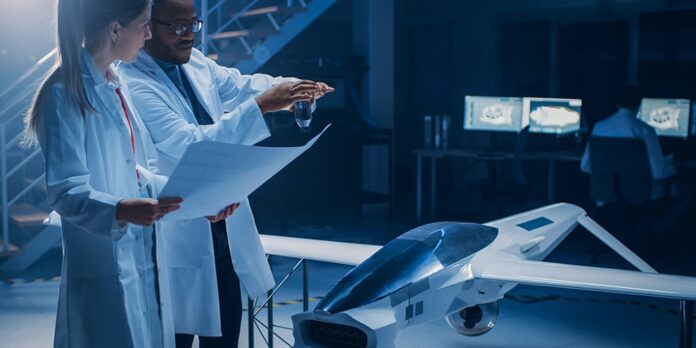The aerospace sector depends heavily on aerospace prototyping. New aerospace goods and components are being designed, created, and tested during this phase. New technologies are constantly being developed, and the aerospace sector is no exception. In-depth information about the aerospace prototype process and how it helps create cutting-edge aerospace products is provided in this article. To save time and streamline the prototyping process, many companies offer the option of obtaining a quotation online rapid prototype.
Design process
Aerospace prototyping begins with the design phase. Using computer-aided design (CAD) software, 3D models of the product or component are created. The design stage is essential because it establishes the framework for the subsequent prototyping stages. To ensure that the design adheres to the requirements and standards, the design team collaborates closely with the engineering team.
Virtual testing
Virtual testing comes after the design is finished. Virtual testing involves recreating a product or component in a digital environment to test its performance in various scenarios. Using this technique, the design team can identify and correct any design problems before physical prototyping.
Additive manufacturing
The aerospace prototype requires additive manufacturing, also referred to as 3D printing. The product or component is constructed layer by layer using a 3D printer. In addition to producing aerospace parts quickly and affordably, additive manufacturing is also excellent for making complex geometries.
CNC machining
CNC machining is another critical process in aerospace prototyping. It involves cutting, drilling, and shaping materials to create aerospace components. CNC machines produce high-precision parts with complex geometries that are difficult to achieve with 3D printing. CNC machining is ideal for creating large parts, such as airplane fuselages, and is commonly used in producing aerospace components.
Testing and certification
Testing and certification are essential steps in the aerospace prototyping process. The aerospace industry requires all products and components to undergo rigorous testing to meet safety and quality standards. Testing involves subjecting the product or component to extreme conditions, such as high temperatures, high pressure, and high vibration, to test its performance. Once testing is complete, the product or component is certified for use in the aerospace industry.
Cost and time considerations
Aerospace prototyping is a time and cost-intensive process. The cost of aerospace prototyping can vary depending on the complexity of the product or component, the materials used, and the testing required. The time required for aerospace prototyping can also vary; it can take several months to complete the entire process. Considering the cost and time factors when planning aerospace prototyping projects is important.
Challenges in aerospace prototyping
Aerospace prototyping can be a complex and challenging process. One of the biggest challenges is creating high-precision parts with complex geometries. Another challenge is ensuring that the product or component meets the required safety and quality standards. The aerospace industry requires that all products and components undergo rigorous testing, which can be time-consuming and costly.
Future of aerospace prototyping
The future of aerospace prototyping looks promising, with new technologies emerging daily. Additive manufacturing and virtual testing are expected to continue to play a significant role in aerospace prototyping. Artificial intelligence (AI) and machine learning (ML) in the aerospace industry are also expected to increase, providing new ways of improving the prototyping process.











